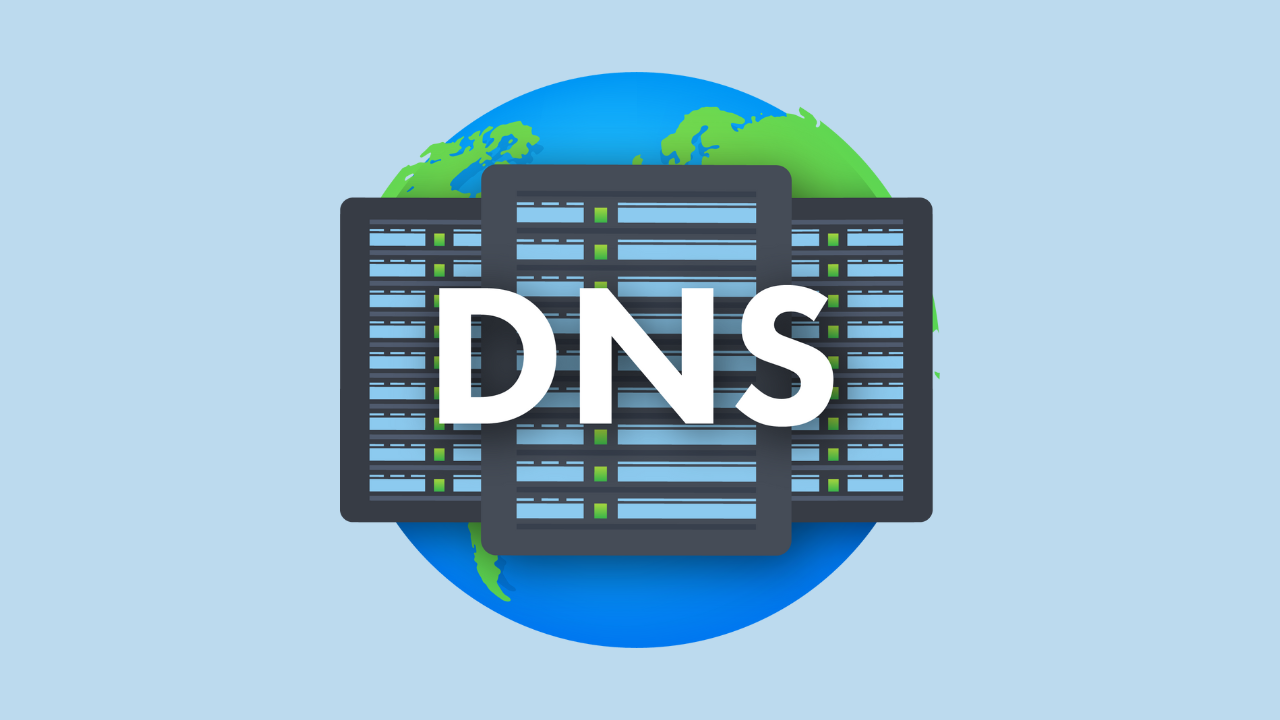DNS stands for Domain Name System. It is a system that translates human-friendly domain names, such as www.example.com, into the IP addresses that computers use to identify each other on the internet.
Without DNS, you would have to remember the numerical IP addresses of every website you want to visit, rather than the easy-to-remember domain names that we use today.
How DNS Works?
When you type a website’s address into your browser, your computer sends a request to a DNS server to resolve the domain name into an IP address.
The DNS server looks up the IP address in its database, and if it’s found, it sends it back to your computer. Your computer then uses that IP address to connect to the website’s server and load the site’s content.
DNS Caching and Speed
DNS caching is used to speed up the process of resolving domain names. When a DNS server receives a request for a domain name it has previously looked up, it can quickly respond with the IP address from its cache, rather than having to look it up again. This speeds up the process of loading websites and makes the internet feel faster.
Importance of DNS for SEO
DNS is also important for SEO (Search Engine Optimization) as it helps search engines to crawl and index your website.
When a search engine crawls your website, it uses the DNS to find the IP address of your website’s server. If the DNS is not set up correctly, the search engine may not be able to find your website, which can negatively impact your search engine rankings.
DNS Configuration: Understanding the Consequences of Incorrect Configuration
DNS configuration refers to the process of setting up and managing the settings and records of a DNS server. It includes tasks such as configuring the DNS server’s IP address and hostname, creating and managing DNS zones, and adding, editing, and deleting DNS records.
Some of the key elements of DNS configuration include:
- Zone files: These are the files that contain the DNS records for a specific domain or subdomain. They include information such as the IP addresses of the domain’s name servers, the domain’s mail servers, and any other resources that need to be located via DNS.
- Resource records: These are the individual entries within a zone file that define the specific details of a domain or subdomain. Common types of resource records include A records (for IP addresses), MX records (for mail servers), and CNAME records (for alias domains).
- Name servers: These are the servers that host the zone files and respond to DNS queries for the domain. They can be either authoritative or recursive servers.
- Recursive servers: These servers receive a query from a client and respond with the requested information or refer the client to another server.
- Authoritative servers: These servers have the necessary information to respond to a query without referring the client to another server.
In order to set up and manage DNS configuration, you will typically need access to the server where the DNS software is installed and some knowledge of the DNS protocol and its associated software.
It’s important to note that DNS configurations can be complex and require knowledge of network infrastructure and DNS protocol best practices. Some errors in the DNS configuration can cause serious issues such as domain resolution failure, incorrect routing, and security vulnerabilities.
Conclusion
In conclusion, DNS is a crucial part of the internet infrastructure that enables us to navigate it easily and quickly. It is important to have a properly configured DNS for a smooth and fast browsing experience as well as for SEO.










